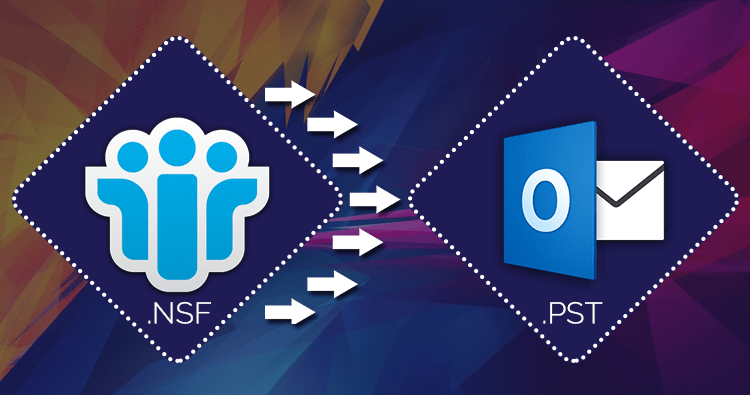Organizations are continuously preparing their teams to be quick in the communication purpose. Therefore, if a user is using Lotus Notes email client, then it is time to give it a second thought. As corporate world is now switching to Outlook email application due to its so much popularity among users keeping Lotus Notes behind. In addition, the reason is its complicated user-interface. Moreover, Outlook is accessible on multiple machines whereas Notes can be accessed only if the machine is configured. However, the Outlook simplicity and its increasing popularity has forced users to export Lotus Notes email folder to Outlook. The only issue in which a user gets struck is how to export Lotus Notes folder structure to Outlook. Because the Lotus Notes users are aware of the Lotus Notes application but they lack in the information of Outlook and the export criteria.
Overview
Outlook is one of the widely used emailing program and gaining popularity among non-professional users day by day due to its friendly environment and configuration on multiple machines. The migration of Lotus Domino to Hosted Exchange Server is easy but users are paused when it comes to NSF to PST Converter. Moreover, if for once user thinks of the export process, then there are lot of reasons associated with it that could lead to data corruption and data deletion.
How to Export Lotus Notes Folder Structure to Outlook?
The process to export Lotus Notes email folders to Outlook is divided into two main steps:
- Export Notes NSF File
- Import Exported NSF to Outlook
Step 1. Export NSF File from IBM Notes
- Run Lotus Notes email program on the system and open desired NSF file on the same.
- Go to File option present in Menu bar.
- Click Export option to open Export Wizard.
- Choose location as per need where you want to save new created file. Also, select either Tabular Text or Structured Text in which you want to save NSF file data. Both formats are entirely supportable by MS Outlook. If you select Structured Text, choose option Export to PST. If you choose Comma Separated Values, then it can be exported by specifying requirement in export dialogue box of CSV.
- Press Export to start the process.
Step 2. Import Exported NSF to Outlook
- Open Microsoft Outlook App on the system.
- Click on File and select Import and Export.
- Import and Export Wizard will open, choose the option of Import from another program or file from the list. Click Next to continue.
- Import a File Wizard will appear, select Comma Separated Values from the given options and click Next.
- Click on Browse and choose desired file to export in Outlook. Again, hit Next.
- Tap on Finish button to start the process. Now files will import to Outlook.
The entire procedure will take time to complete. You need to wait until the process completes.
Users with technical skills can access the steps for data migration from Lotus Notes to Outlook. Moreover, the mailbox folder items will face conflicts related to data integrity during the conversion. Also, users can face data loss issues. Therefore, it is recommended by experts to opt third-party cost-effective utility that performs reliable process.
CubexSoft NSF to PST Converter – Recommended by Experts
NSF to PST Converter Tool by CubexSoft is proved one of the recommended method by experts for exporting Lotus Notes database folder to Outlook. Lotus Notes to Outlook is an easy way out with self-explanatory steps so that all technical and non-technical users can use the application and export Lotus Notes folder structure to Outlook. It provide features like preview pane, save attachments, batch migration, filters, split PST, create separate PST for each NSF file and more.
Download NSF Converter free demo edition that is available to review the software-working environment and features. With FREE DEMO, one can export first 20 Lotus Notes files to PST free of cost.

As the editor of the blog, She curate insightful content that sparks curiosity and fosters learning. With a passion for storytelling and a keen eye for detail, she strive to bring diverse perspectives and engaging narratives to readers, ensuring every piece informs, inspires, and enriches.










